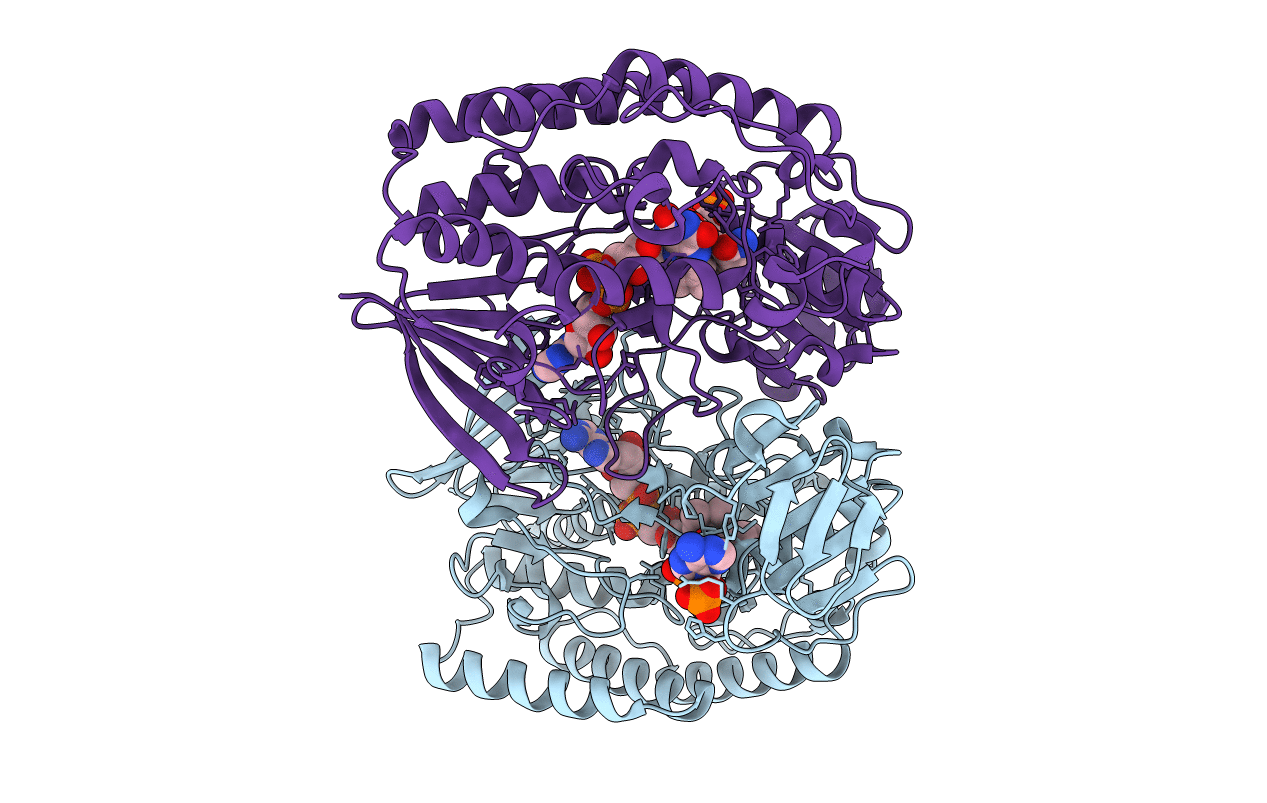
Deposition Date
2020-09-24
Release Date
2021-09-15
Last Version Date
2023-11-29
Entry Detail
PDB ID:
7D4N
Keywords:
Title:
Crystal structure of Tmm from strain HTCC7211 soaked with DMS for 20 min
Biological Source:
Source Organism:
Candidatus Pelagibacter sp. HTCC7211 (Taxon ID: 439493)
Host Organism:
Method Details:
Experimental Method:
Resolution:
2.00 Å
R-Value Free:
0.19
R-Value Work:
0.16
R-Value Observed:
0.16
Space Group:
P 1 21 1


